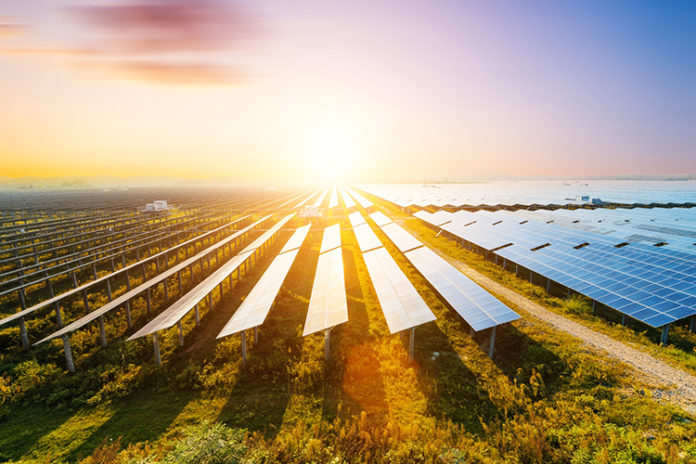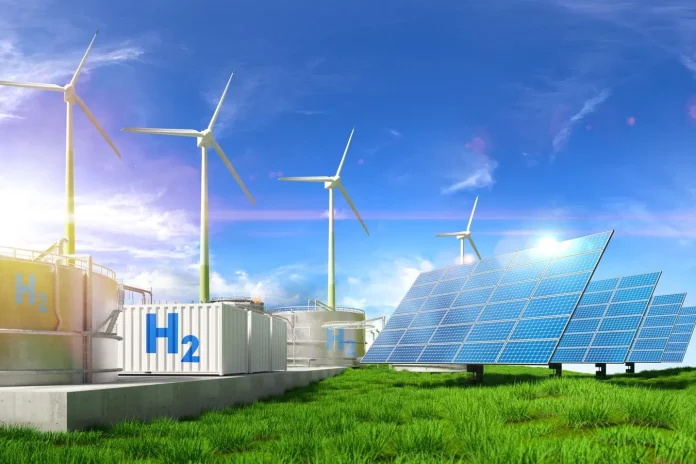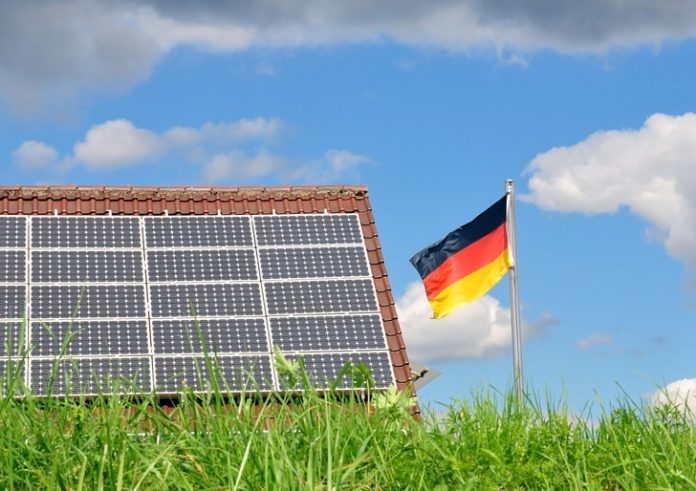The development of renewable energy is an exponential process. In recent times, there has been a significant growth in renewable energy technologies, including solar, wind, hydroelectric and geothermal power. Since 2000, the global solar photovoltaic (PV) market has experienced a 25% annual growth rate, with installation capacity doubling every 2.7 years. A report by the Global Wind Energy Council shows that global wind capacity experienced an average annual growth of 12% from 2012 to 2022, reaching a total capacity of 906 GW in 2022. In the hydropower market, electricity generation is expected to reach 267.20 billion KWh by 2024. The surge in global demand for renewable energy is primarily driven by technological advancements, economic competitiveness with fossil fuels, and a growing global commitment to environmental sustainability.
Dominion Energy, a leading energy provider in the United States, has been at the forefront of providing clean and reliable power to meet the increasing energy demands of families, businesses, and communities. Dominion Energy has significantly increased its clean energy capacity by investing in renewable energy projects like solar, wind, and hydroelectric power, thereby reducing greenhouse gas emissions and contributing to a more sustainable energy future. It is critical to understand that Dominion Energy is not only actively contributing to global efforts to achieve net zero carbon emissions but also greatly advancing the economic landscape through its renewable energy projects.
Coastal Virginia Offshore Wind (CVOW) project
Dominion Energy’s strategic investments in wind projects is driving economic growth in the United States and the global energy market. One of Dominion Energy’s flagship wind projects is the Coastal Virginia Offshore Wind (CVOW) project, which is situated off the Virginia coast in the United States. The 2.6-gigawatt project, scheduled for completion by 2026, is the first to run two wind turbines in U.S. federal waters. The CVOW project is expected to generate 9.5 million megawatt-hours of clean, renewable energy annually, providing power to 660,000 Virginia homes.
The economic implications of CVOW project for the U.S government
The project’s two wind turbines are reducing annual carbon emissions by 25,000 tons. Additionally, the wind project will prevent millions of tons of carbon emissions annually when it is completed in 2026. This will go a long way toward achieving significant cost savings for the United States government. By actively decreasing carbon emissions through the operations of the two wind turbines, Dominion Energy is effectively mitigating potential costs for the government, including spending related to infrastructure damage and healthcare expenses due to air pollution-related illnesses like asthma. A study published in the American Thoracic Society reveals that asthma significantly affects the U.S. economy, costing over $80 billion annually in medical expenses, missed work and school days, and deaths. The World Economic Forum reports that poor air quality caused by air pollution costs the United States approximately $617 billion in damages every year. Therefore, the completion of the CVOW project, which will result in the prevention of millions of metric tons of carbon emissions annually, will significantly reduce the incidence of respiratory diseases like asthma. This is a significant economic benefit for the government since it can redirect the allocation of funds towards critical areas like education, infrastructure and social welfare programs. Reduced health care costs will allow the government to invest in programs that promote long-term economic growth and prosperity.
The business advantage of CVOW project
The CVOW project has significant economic ramifications for businesses, both locally and nationwide. A huge offshore wind project like CVOW require a wide range of goods and services, generating opportunity for enterprises along the supply chain. As its construction is ongoing, a wide range of businesses are benefiting economically through the sale of manufacturing components like turbines, blades, and foundations, as well as providing engineering, construction, and maintenance services. The company extended formal invitations to collaborate with companies operating in diverse sectors such as building and construction, chemicals, cleaning equipment, defense, law enforcement and distribution and conditioning systems to partner with them for the CVOW project. This opportunity will increase the revenue of these businesses and expand their operations. As firms expand and profit from their involvement in the CVOW project, they are likely to reinvest their earnings into their operations, allowing them to scale up their production capacity and explore new market prospects.
As businesses benefit from increased revenue from CVOW wind project, it has a multiplier effect on the economy. As businesses increase their spending on inputs like raw materials, equipment, and services, they create more demand for goods and services supplied by other businesses in the region. This interdependence among businesses promotes a cycle of economic growth and prosperity, with the benefits of increasing revenue distributed across many sectors of the economy. Not to mention, increasing revenue in the local economy results in higher tax revenues for local governments, allowing them to fund public services, infrastructure development, and community projects.
The ‘Job’ Effect
The CVOW project offers significant economic benefits during its development period and continues to support jobs and economic growth in its continuous operations. The CVOW project, during construction, generates 900 direct and indirect jobs annually in Virginia, with 60% of these jobs situated in the Hampton Roads area. Once operational, the CVOW project will support jobs and economic activity throughout Hampton Roads. The project will create 1,100 direct and indirect jobs in the community annually, reflecting an increase in employment security and possibilities for the people of Virginia.
The direct and indirect jobs created each year in Virginia during the building phase and ongoing operations will provide workers with consistent income, allowing them to pay bills, maintain their families, and invest in their futures. With most of these jobs based in Hampton Roads, it directly helps the local workforce by lowering unemployment rates and strengthening the region’s economy. The compensation and benefits package of CVOW will not only support workers but also stimulate consumer spending, increasing demand for goods and services in local businesses. Additionally, the project will generate revenue for local governments in the Hampton Roads area, resulting in crucial funding for essential services like education, healthcare, and infrastructure.
Power Cost Savings
The provision of clean electricity to 660,000 homes through the CVOW project provides significant economic benefits for residents of Virginia. The CVOW project enables the move away from traditional fossil fuels, which are prone to price volatility and supply uncertainty. The transition to renewable energy sources not only promotes environmental sustainability but also offers stability and potentially reduced energy bills for customers in the long run. Offshore wind energy offers a reliable and cost-competitive alternative, reducing electricity bills, increasing disposable income, and fostering economic resilience within communities. Mitigating energy price fluctuations will not only improve economic stability but also foster sustainable growth in the region.
The CVOW project is a significant step towards a sustainable energy solution. As a key player in the energy sector, Dominion Energy’s contribution to renewable energy initiatives such as the CVOW project demonstrates its dedication to environmental stewardship and economic prosperity. By aiming to provide clean electricity to 660,000 homes, this project will not only reduce reliance on fossil fuels but also offer significant economic benefits to the region. including job development, investment attractiveness, energy cost savings, and enhanced public health.





